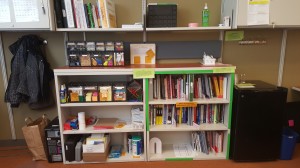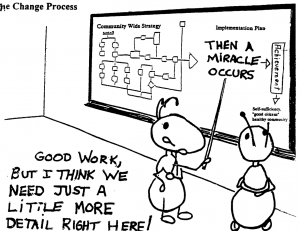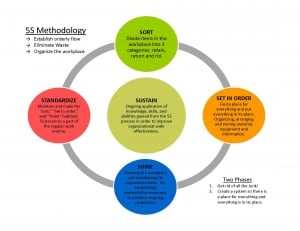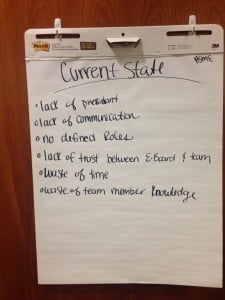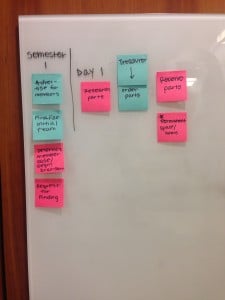The ultimate goal of a Lean practitioner is to incorporate continuous improvement into every facet of their life. Contrary to popular belief, Lean is applicable in more environments than just industry. Tools like 5S and “Plan, Do, Check, Act” (PDCA) allow anyone to revamp the areas of their lives that may be creating “muda” or waste.
In our office we’ve used 5S to organize our supplies and we continue to sustain it by auditing twice a month. I have gone on to use Lean tools to clean and de-clutter my apartment, inspiring others to do the same. Life is chaotic, but when things are broken down piece by piece like Lean allows us to do, we can get more done with less stress.
Every day is an opportunity to improve and if what we have already implemented fails or has problems, we can fix it. Nothing is perfect the first time, but through continuous improvement we can sustain an environment that always changes for the better.
